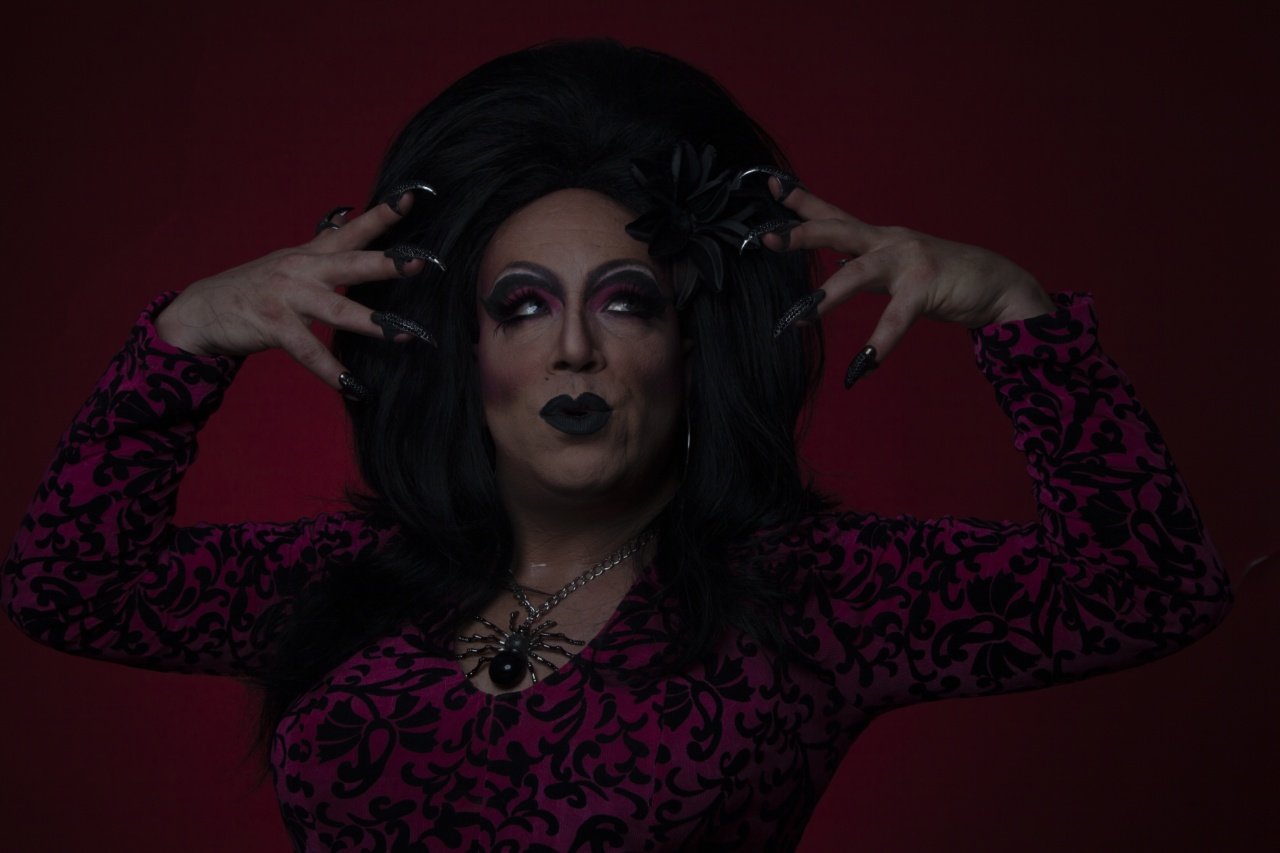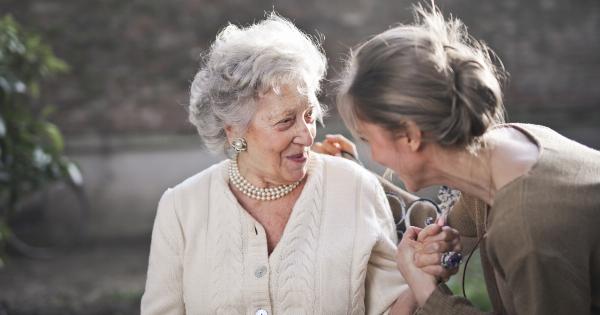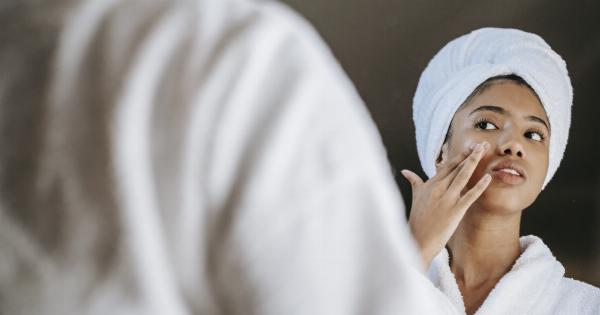Expression wrinkles, also known as dynamic wrinkles, are a common concern for many individuals as they age. These wrinkles are formed due to repetitive movements and expressions that occur naturally throughout life.
Understanding the causes of expression wrinkles can help individuals take preventive measures to minimize their appearance. In this article, we will explore the various factors that contribute to the development of expression wrinkles and discuss possible ways to address them.
The Role of Facial Muscles
Facial muscles play a crucial role in the formation of expression wrinkles. With over 40 facial muscles, each responsible for different movements, regular contraction and relaxation of these muscles can lead to the development of wrinkles over time.
The repetitive folding and creasing of the skin during facial expressions gradually weaken the collagen and elastin fibers, which are responsible for maintaining the skin’s elasticity and smoothness.
Natural Aging Process
As we age, the production of collagen and elastin fibers in our skin decreases. These proteins provide structural support and elasticity to the skin, helping it maintain a youthful appearance.
With a decline in their production, the skin becomes less resilient and more prone to the formation of wrinkles, including expression wrinkles.
Genetics and Inherited Traits
Genetics play a significant role in the development of expression wrinkles. Some individuals may be genetically predisposed to have thinner or less elastic skin, making them more prone to wrinkles at an earlier age.
Additionally, the inheritance of specific muscle movements and expressions from parents can increase the likelihood of developing expression wrinkles.
Sun Exposure and UV Damage
Excessive and unprotected sun exposure is another major cause of expression wrinkles. The harmful ultraviolet (UV) rays emitted by the sun can break down collagen and elastin fibers in the skin, accelerating the aging process.
This damage becomes more evident in areas of the face that are exposed to the sun frequently, such as the forehead, cheeks, and around the eyes.
Poor Skin Care Habits
Unhealthy skin care habits can contribute to the development of expression wrinkles.
Failure to cleanse the skin properly, not moisturizing regularly, and using harsh products can deplete the skin’s natural moisture and disrupt its protective barrier. Inadequate hydration and neglecting to apply sunscreen daily can also worsen the appearance of wrinkles and make them more visible.
Smoking and Wrinkles
Smoking has numerous detrimental effects on the skin, including the formation of expression wrinkles.
The chemicals in tobacco smoke can narrow the blood vessels in the outermost layers of the skin, reducing blood flow and depriving the skin of vital nutrients. This impairs collagen production and accelerates skin aging, leading to the premature development of wrinkles.
Poor Nutrition and Dehydration
A balanced diet and proper hydration are essential for healthy skin. Inadequate intake of essential nutrients, such as vitamins, minerals, and antioxidants, can compromise the skin’s ability to repair and regenerate itself.
Furthermore, dehydration can make the skin appear dull, dry, and more prone to developing wrinkles. It is important to maintain a well-rounded diet and drink sufficient water to support optimal skin health.
Stress and Wrinkles
Chronic stress can have a negative impact on the skin, leading to the formation of expression wrinkles. During periods of stress, the body releases stress hormones like cortisol, which can break down collagen and elastin fibers in the skin.
Additionally, high levels of stress can cause individuals to frown, squint, or furrow their brows more frequently, exacerbating the appearance of wrinkles in these areas.
Repetitive Facial Movements
The repetitive movements and expressions we make on a daily basis can cause expression wrinkles to develop. Common facial movements such as squinting, raising eyebrows, and smiling can gradually etch lines into the skin.
Over time, these lines may become more prominent, especially in individuals who repeatedly make these facial movements.
Prevention and Treatment
While it is inevitable that wrinkles will form as a natural part of the aging process, there are ways to minimize their appearance and prevent them from worsening.
Protecting the Skin from the Sun
One of the most effective preventive measures is to protect the skin from the damaging effects of the sun.
Applying a broad-spectrum sunscreen with a high SPF daily, wearing protective clothing, and seeking shade during peak sun hours can help reduce the risk of UV damage and slow down the development of expression wrinkles.
Maintaining a Healthy Lifestyle
Eating a balanced diet, staying hydrated, and avoiding smoking can significantly contribute to skin health.
Nutrient-rich foods, such as fruits, vegetables, and lean proteins, provide essential vitamins and minerals necessary for maintaining skin elasticity and promoting collagen production. Furthermore, drinking an adequate amount of water helps keep the skin hydrated, improving its overall appearance and reducing the visibility of wrinkles.
Adopting a Consistent Skincare Routine
Establishing a consistent skincare routine is vital for maintaining healthy and youthful-looking skin.
Cleansing the skin gently twice a day, moisturizing regularly, and applying serums or creams with ingredients like retinol and antioxidants can help improve the skin’s texture, stimulate collagen production, and minimize the appearance of expression wrinkles.
Professional Treatments
In addition to preventive measures and daily skincare, there are various professional treatments available to address expression wrinkles. Some common options include:.
1. Botox Injections: Botulinum toxin injections, commonly known as Botox, can temporarily relax the muscles responsible for certain expressions, reducing the appearance of wrinkles caused by those particular movements.
2. Dermal Fillers: Injectable dermal fillers can be used to plump and fill in wrinkles, restoring volume and smoothness to the skin.
These fillers typically contain hyaluronic acid, a substance naturally found in the body, which helps hydrate and restore elasticity to the skin.
3. Chemical Peels: Chemical peels involve the application of a chemical solution to the skin, which helps remove the damaged outer layers.
This process stimulates new cell growth and collagen production, resulting in smoother and more youthful-looking skin.
4. Microdermabrasion: This non-invasive procedure involves gently exfoliating the skin’s outermost layer using a specialized device.
By removing dead skin cells and stimulating collagen production, microdermabrasion can help improve the appearance of expression wrinkles over time.
5. Laser Therapy: Laser treatments utilize targeted beams of light to remove damaged skin cells and stimulate collagen production. This helps reduce the visibility of wrinkles and improve overall skin texture.
Conclusion
Expression wrinkles are a natural part of the aging process, but their appearance can be influenced by various factors.
From facial muscle movements and sun exposure to genetics and poor skincare habits, it is clear that multiple elements contribute to the development of expression wrinkles. By understanding these causes, individuals can make informed choices when it comes to preventing and addressing these unwanted lines.
Combining preventive measures, adopting a healthy lifestyle, and considering professional treatments can help individuals maintain a smoother and more youthful-looking complexion, reducing the visibility of expression wrinkles.





























